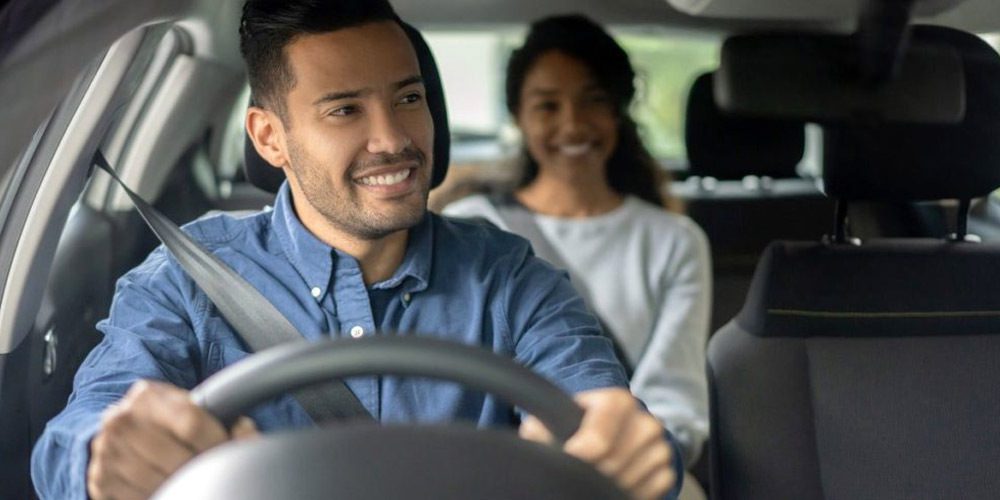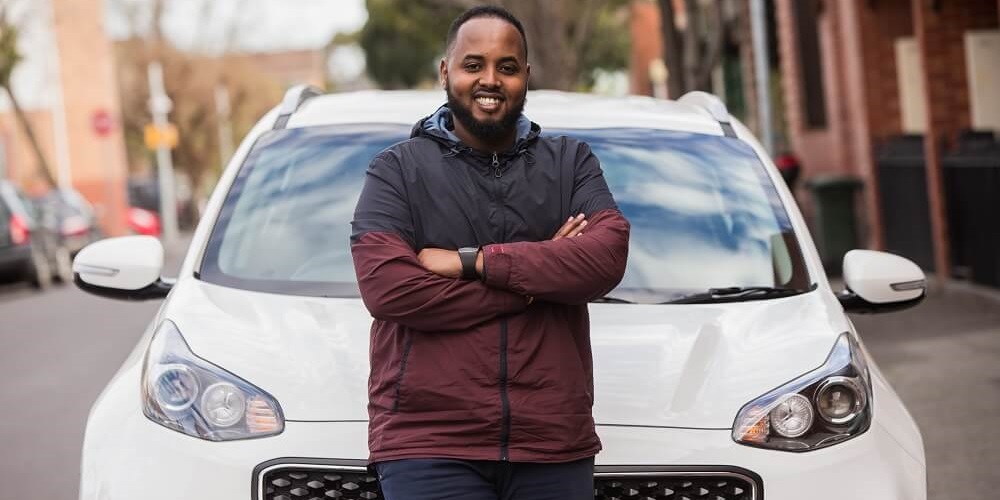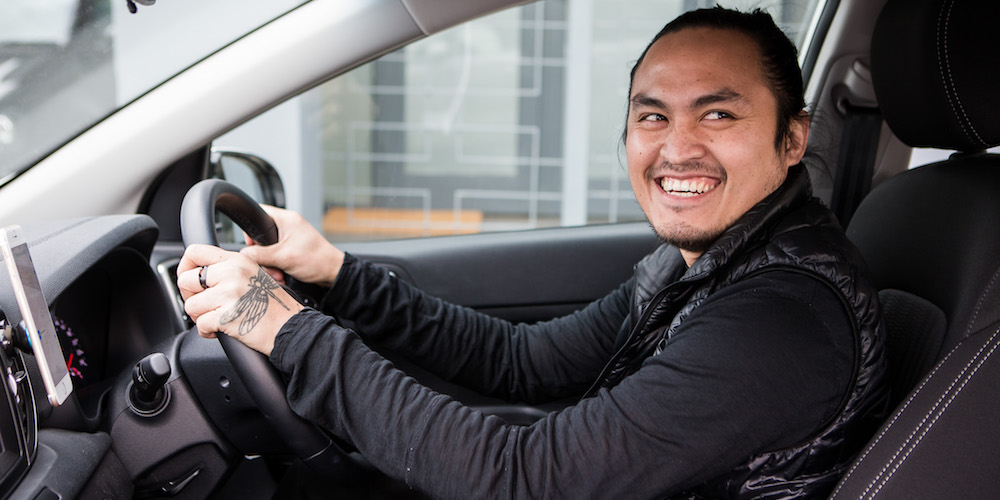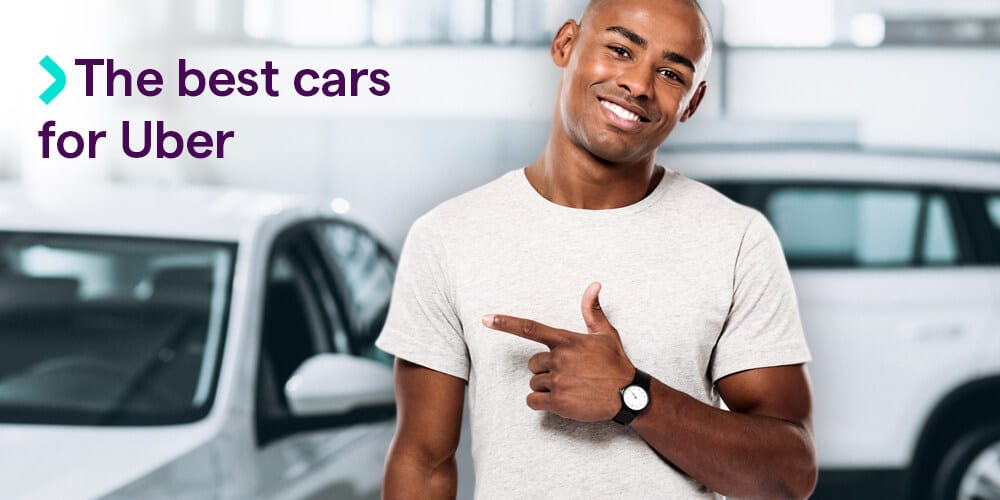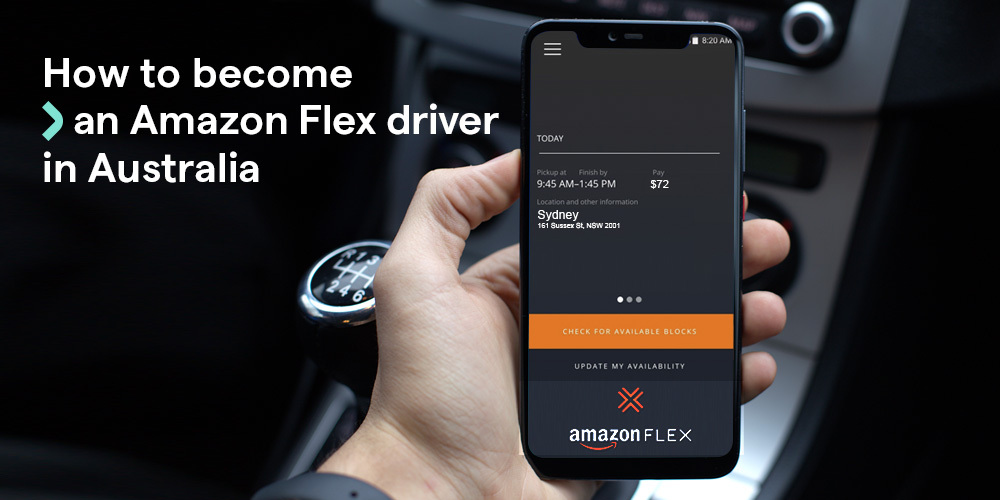The fear of running without battery and getting stranded in the middle of nowhere, is one of the reasons why drivers are still sceptical about switching to Uber electric cars. We all agree the same can happen to petrol cars if you don’t manage your fuel resources properly, and most concerns come from not knowing what to do when running empty with an Uber EV.
Fortunately, modern EVs don’t just run out of juice and stop, but they give you plenty of heads up if your battery needs a recharge.
However, running out of battery can happen to anyone. Maybe you overestimate the power of your battery percentage, ignore your car’s warning sign, forgot to charge the previous night and didn’t realise your EV isn’t full, or just had a bad day and didn’t realise you’re running low on battery.
We’ve prepared a thorough guide on everything you need to know about EVs running out of power.
Contents
- How does your EV tell you it’s running out of power?
- Will my EV stop when reaching 0% battery?
- What should I do when my EV runs out of battery?
- Can EVs be towed?
- If my EV battery dies, will it recharge?
- Can you jump-start an EV?
- Can you push an electric car if it breaks down?
- How can I avoid running out of charge?
How does your EV tell you it’s running out of power?
Electric cars are designed to keep you safe on the road, giving you numerous warnings before actually running empty on battery power. The way each EV does this varies from model to model, but here is what to expect:
- The display will warn you when your car’s battery is low
- When your car’s battery gets below 5%, the sat-nav will locate and recommend the nearest charging point
- It will also show how far you’ll be able to travel on your current power
- When your EV reaches 0%, it doesn’t stop running and will be able to drive on reserve power, usually for around eight km of range
- Once the eight km range is also depleted, your car goes into turtle power mode, meaning you’ll only be able to go 30 km/h, and only the car’s basic features will be available
- After under a km on turtle power, the car will finally stop.
EVs usually have two batteries, a large lithium-ion battery that powers your EV for driving and a small 12-volt battery for auxiliary functions.
Did you know? Thanks to your car’s secondary 12V battery, safety features, like hazard warning lights, will still work.
Will my EV stop when reaching 0% battery?
Your car will likely not stop running when reaching 0%, as EV manufacturers have designed their batteries to retain a little charge to help you reach a charging point.
After your car goes down to 0%, you’ll still be able to drive on the reserve power, hard to say how much exactly, but usually up to eight km.
IMPORTANT: You mustn’t rely on this extra power frequently, as it’s designed only for emergencies.
What should I do when my EV runs out of battery?
If you’re running out of charge or your car completely stopped, pull over on the side of the road where it’s safe and flat, turning your wheels away from the road.
Put your parking brake on and turn your hazard lights on so other drivers can notice you. Use your phone or map to assess your exact location and make a note of where you are.
Here are your two main options on what to do next.
Roadside assistance
The most common solution is calling roadside assistance to come to your rescue. The type of roadside assistance you’ll receive depends on the recovery company you’ve signed up with.
They will either take you to the nearest charging point or home if you’re charging your EV there or give you a small amount of charge so you can drive to the nearest charging station.
When calling roadside assistance, ensure they come with a flatbed, as most EVs aren’t safe to tow.
Did you know? At Splend, 24/7 roadside assistance service is included in our subscription plans, with breakdown cover included.
Mobile EV charger
Your second option is to purchase a mobile EV charger that can charge your car anywhere, far away from any charging station. However, although it can come in handy, a mobile EV charger is almost as expensive as the EV battery itself and might be impractical due to its large size.
Can EVs be towed?
For the most part, EVs can’t be towed because they don’t have neutral positions in their transmissions, their wheels are attached to the motor. So, when the wheels of an EV turn, they turn the motor too. Therefore, towing can lead to overheating and cause serious damage to the EV motor.
That’s why most breakdown providers will send a flatbed truck to pick up your EV that will holster an EV without messing up its electrical components and essential parts.
If my EV battery dies, will it recharge?
Yes, EVs can go several months without being recharged.
Can you jump-start an EV?
Yes, EVs can be jump-started. You can jump-start EV’s 12V battery using traditional petrol or diesel cars. The procedure is the same as for petrol cars, but better consult the vehicle’s manual before jump-starting an EV to check where your EV’s batteries are stored and how to attach jump leads.
IMPORTANT: Don’t jump-start your EV with another EV or use your EV to jump-start a diesel or petrol car, or it could seriously damage your 12V battery.
Can you push an electric car if it breaks down?
Your EV can only be pushed if it has a neutral gear. Steering will be an effort with no power, just as with a petrol or diesel car that has run out of fuel and needs to be pushed.
How can I avoid running out of charge?
Thankfully, running empty shouldn’t be a concern if you’re careful enough and plan your day or journey ahead.
Here are a few tips to help you avoid running out of EV battery.
- Use an app to know where the charging points are located. EV charging apps might have a route planner to help you avoid running empty on long-distance drives.
- Don’t let your EV run below 20%. EV batteries work best if kept between 20% and 80%, so recharge long before your battery reaches a critically low point.
- When planning a long journey, mark charge points across the route and plan your stops to recharge.
- It’s all right to charge your EV to 100% before going on a long drive but avoid doing that daily.
- Beware of cold winter days — your EV will go less on a single charge during a day with low temperature compared to a warm summer day.
- Get more range by driving slower – specialists recommend keeping an average of 80 km/h to get the most out of your EV’s range when driving on long distances.
About Splend
We enable people to make money by driving for on-demand apps such as Uber.
We’re more than a car subscription provider. In addition to new-model cars and all the essentials to start earning money with Uber as quickly as possible, our customers enjoy driver training and dedicated support, as well as customer benefits such as partner discounts and exclusive events.
For more information about Splend, make an appointment and drop by to your local Splend Hub, email us, or say hello on 1800 775 363.


